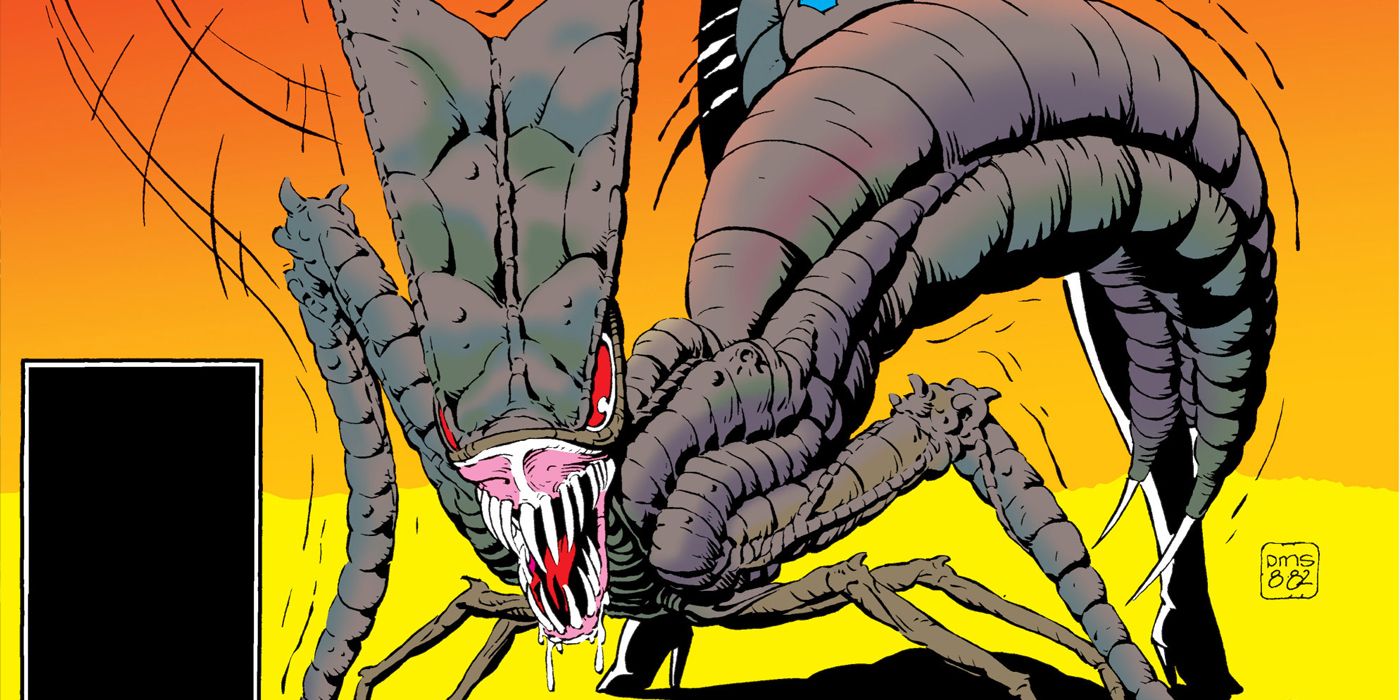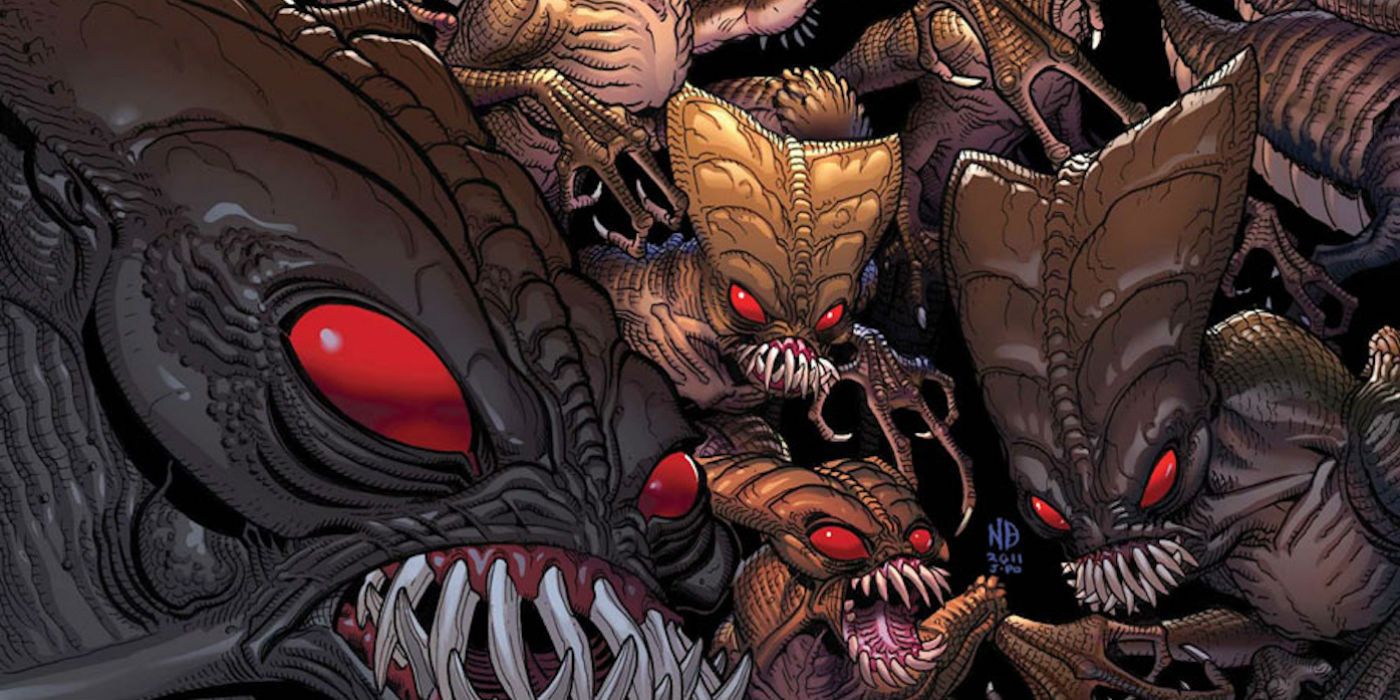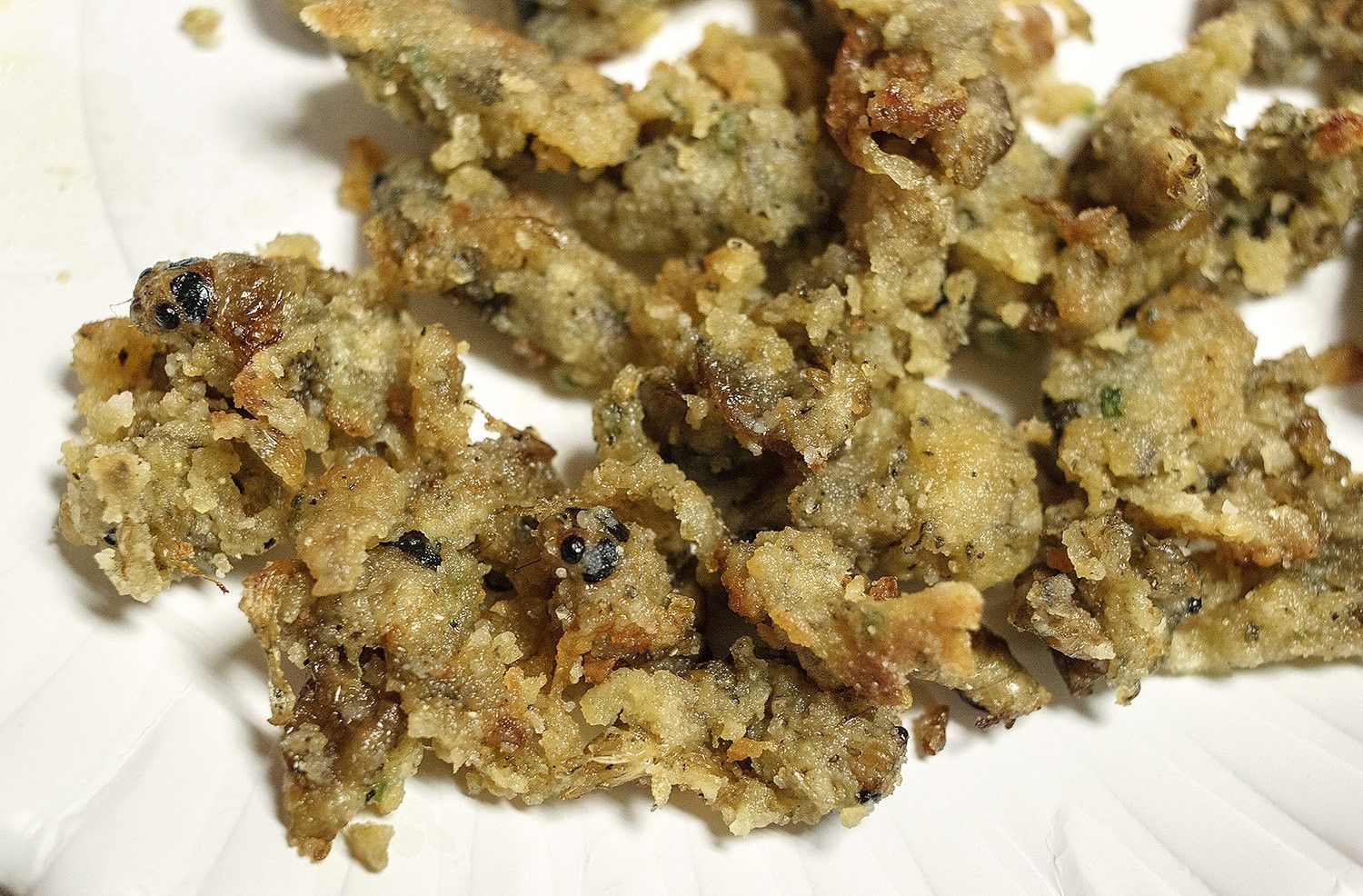The most prominent villains of the X-Men are typically those who pose both a physical and philosophical threat to the merry mutants' mission. These include mutant terrorists like Magneto and the Brotherhood of Mutants, tyrannical megalomaniacs like Sinister and Apocalypse and anti-mutant humans such as Senator Kelly. Some of their more unusual foes, however, are the insectoid Brood. These bug-like aliens recall a certain '80s action movie franchise, and are fittingly disgusting in their own right.
Coincidentally, this year will see the real-world return of a very similar hibernating species of insects. Brood X are a species of rather unsettling cicadas, with their name being one of a few peculiarities shared with the X-Men aliens. Much as the Brood pose a continued threat to the X-Men, Brood X can do a variety of damage to shrubbery. Despite this, the real-life invaders are far more benevolent, as well as a lot more edible.
The X-Men's Brood
The Brood were created by legendary X-Men writer and artist Chris Claremont and Dave Cockrum, debuting in Uncanny X-Men #115. They are introduced as the universe's original predators, with monstrous fanged appearances to match this role. Described in Claremont's initial script as mere generic alien henchman, Cockrum gave them a design very clearly inspired by the Xenomorphs of the Alien franchise. Just like those horror monsters, the Brood are parasites who reproduce by infecting other creatures with their eggs. They are also incredibly sadistic, becoming more powerful through the fear felt by their hosts.
Though they aren't nearly as malicious as the Brood from X-Men, the Brood X species, aka the Magicicada species, are far from cute and cuddly. Brood X (pronounced ten, not X) have a 17-year life cycle, appearing in certain states once these intervals have transpired. They typically appear as the temperature increases around May, with rain trigger their ascent from their underground burrows. They are known to appear in about 15 states, such as Tennessee, Georgia, Delaware and the Virginias, though the New York variety are believed to be almost extinct.
RELATED: X-Men: How Marrow Went From Breakout Star to Forgotten Tragedy
Brood X's Delicious Potential
While they don't infect others with their eggs like the Brood, Brood X's reproductive habits can still be a terror on the environment. Gardeners are advised to wait until at least July to plant trees, as the species' tendency to lay eggs in trees' branches can make the tree's limbs extremely fragile. They typically avoid flowering plants to lay eggs on, however. Beyond that and the rather grating noises that the species makes, they are harmless to other living beings and far from the parasitic invaders of comic books. In fact, there's even a Cicada Safari app for iOS and Android to track sightings of the billions of bugs this Spring and Summer.
Also unlike the X-Men's foes, a good way to beat them is to eat them. Due to their rarity, Brood X are considered something of a delicacy. Their taste has been compared to a nuttier version of shrimp, which to be fair as the latter are merely aquatic arthropods themselves. Entomologists Mike Raupp and Isa Bentancourt have noted the numerous culinary options available to help people enjoy the plague of bugs, with Raupp even penning a cookbook titled Cicada-licious. The tome features numerous recipes involving the bugs, including desserts like quiche and German Cicada Chocolate Cake.
Other examples of edible insect arrangements include chocolate-covered cicadas and crispy wok-tossed varieties. Thus, while they might have more of a place in the kitchen than the world of superheroes, the similarities between Brood X and X-Men villains is certainly uncanny.
KEEP READING: Storm: How One Obscure X-Men Story Made Ororo Munroe a Killer



